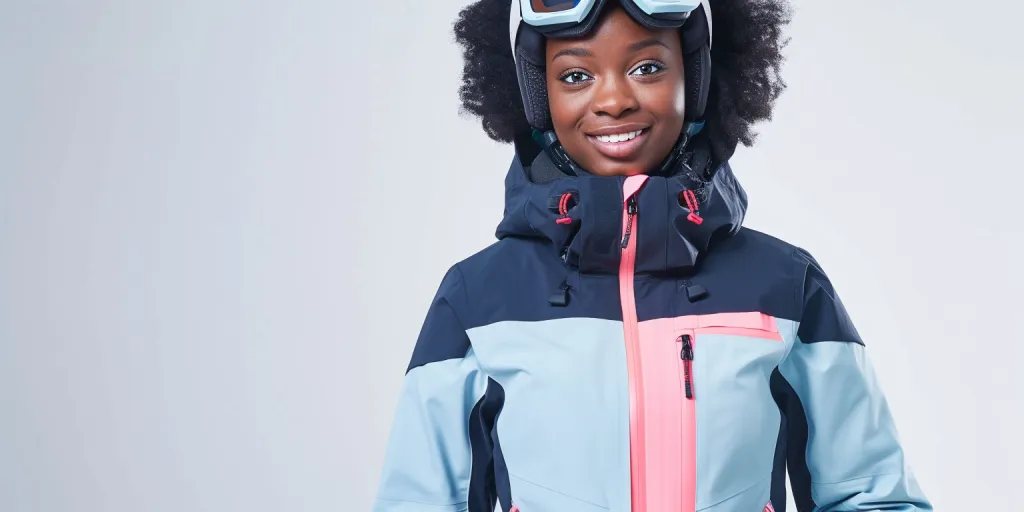As winter sports gain popularity, the demand for high-quality women’s ski jackets continues to rise. These jackets are not just about keeping warm; they combine style, functionality, and advanced technology to enhance the skiing experience. This article delves into the market trends, key players, and regional insights shaping the women’s ski jacket industry.
Table of Contents:
– Market Overview
– Innovative Materials and Fabrics
– Design and Functionality
– Color and Patterns
– Conclusion
Market Overview
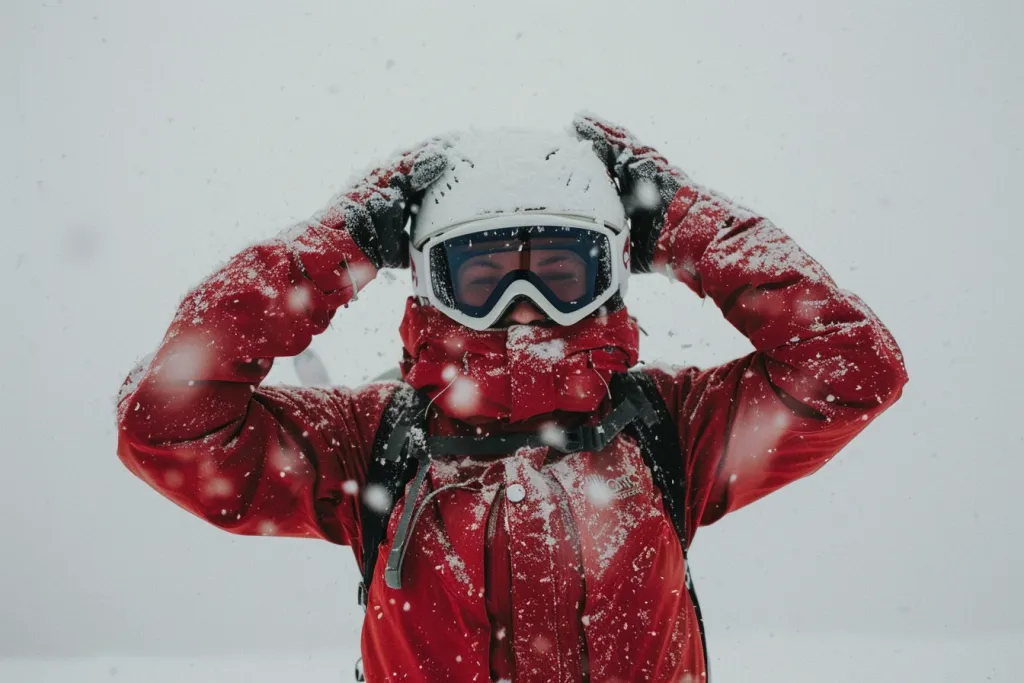
Growing Demand for Women’s Ski Jackets
The global snow sports apparel market, which includes women’s ski jackets, is experiencing significant growth. According to Research and Markets, the market size is expected to reach USD 4.31 billion by 2030, growing at a compound annual growth rate (CAGR) of 7.3% from 2024 to 2030. This growth is driven by the increasing popularity of winter sports among millennials and the adult population. The demand for women’s ski jackets is particularly strong, with women’s applications projected to grow at a CAGR of 7.7% during the same period.
The rise in winter sports participation, especially among women, is a key factor contributing to this growth. More women from developing countries, including China, Mexico, and South Africa, are taking up winter sports, leading to higher sales of women’s ski jackets. Additionally, the increasing number of women-specific snow sports events organized by global authorities is expected to open new avenues for market expansion.
Key Players in the Market
The women’s ski jacket market is highly competitive, with several key players striving to capture a larger market share. Some of the prominent companies in this sector include VF Corporation, Columbia Sportswear Company, Kering, Amer Sports, adidas Group, DESCENTE LTD., Decathlon, Lafuma, GOLDWIN INC., and Skis Rossignol S.A. These companies are focusing on product innovation and strategic partnerships to enhance their market presence.
For instance, Columbia Sportswear Company is known for its cutting-edge technologies like Omni-Heat and Omni-Tech, which provide superior warmth and waterproofing. Similarly, VF Corporation, which owns brands like The North Face, is investing in research and development to introduce high-performance ski jackets that cater to the evolving needs of female skiers.
Regional Market Trends
The demand for women’s ski jackets varies across different regions, with North America and Europe leading the market. In North America, the popularity of snow sports during the fall season drives the demand for ski jackets. According to Research and Markets, the region’s market growth is influenced by the increasing number of specialty snow sports stores offering a try-and-buy option, which appeals to consumers who prefer offline shopping.
Europe also shows significant market potential, with countries like France, Germany, and Switzerland being popular skiing destinations. The region’s market growth is supported by the presence of well-established ski resorts and a strong winter sports culture. Additionally, the growing trend of capturing winter sports activities for social media is driving manufacturers to launch fashionable and functional ski jackets.
The Asia Pacific region is anticipated to witness substantial growth in the coming years. The rising middle-class population in countries like China and India is a key factor driving the market. Manufacturers are establishing strategic business units and brand retail outlets to cater to the growing demand for snow apparel among consumers interested in leisure activities.
Innovative Materials and Fabrics
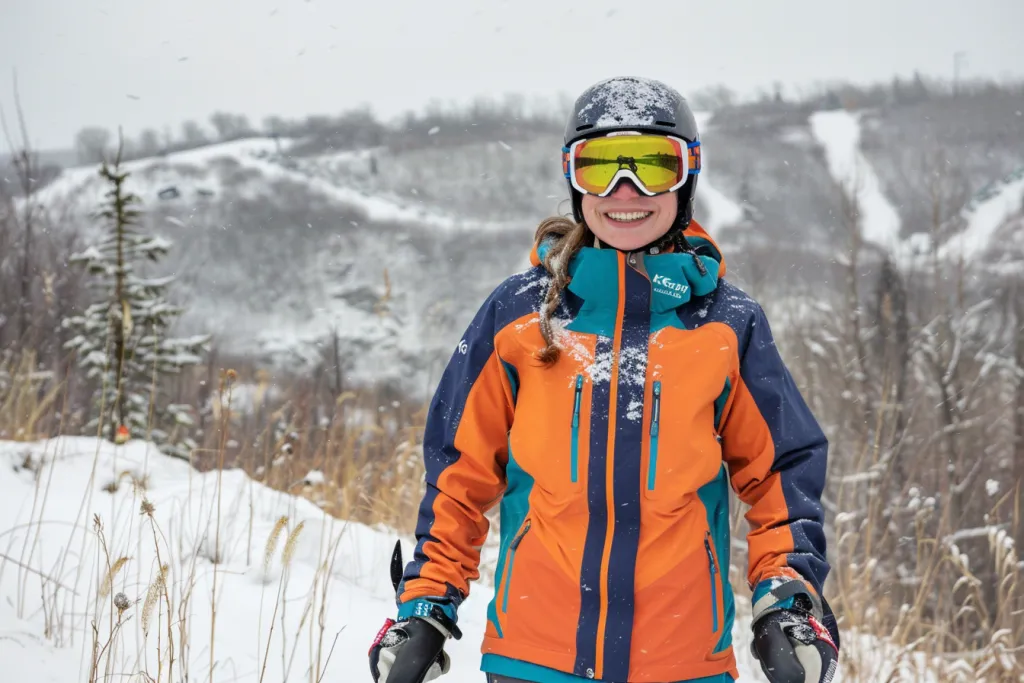
High-Performance Fabrics for Extreme Conditions
In the world of women’s ski jackets, high-performance fabrics are essential for ensuring comfort and protection in extreme conditions. One of the most notable materials is GORE-TEX, which is renowned for its waterproof and breathable properties. This fabric is a staple in skiwear, providing a reliable barrier against wind and moisture while allowing perspiration to escape, keeping the wearer dry and comfortable. According to recent trends, lightweight baselayers and fleece jackets are also crucial for early-season skiing, offering warmth without bulk.
Another innovative fabric making waves in the ski industry is the ThermoMove™ technology, which is featured in H&M’s down puffer ski jackets. This material is designed to provide excellent insulation while maintaining a lightweight profile, making it ideal for both casual and technical ski jackets. The use of such advanced fabrics ensures that skiers can perform at their best, regardless of the weather conditions.
Sustainable and Eco-Friendly Materials
As the fashion industry moves towards sustainability, the ski apparel sector is no exception. Brands are increasingly incorporating eco-friendly materials into their designs to reduce their environmental impact. For instance, recycled polyester and organic cotton are becoming more common in ski jackets. These materials not only help in reducing waste but also offer the same level of performance and durability as their conventional counterparts.
Reported by various sources, brands like Patagonia and The North Face are leading the charge in sustainable skiwear. They have introduced collections made from recycled materials, including plastic bottles and discarded fishing nets. This shift towards sustainability is not just a trend but a necessary evolution in the industry, reflecting the growing consumer demand for environmentally responsible products.
Insulation Technologies
Insulation is a critical component of any ski jacket, and recent advancements have significantly improved the warmth-to-weight ratio of these garments. One of the standout technologies in this area is PrimaLoft, a synthetic insulation that mimics the properties of down but performs better in wet conditions. PrimaLoft is lightweight, compressible, and provides excellent warmth, making it a popular choice for high-performance ski jackets.
Another noteworthy insulation technology is the use of down alternatives, such as Thinsulate and ThermoBall™. These materials offer similar warmth to traditional down but are more resilient to moisture, ensuring that the wearer stays warm even in damp conditions. The North Face, for example, uses ThermoBall™ in their ski jackets, providing a versatile and reliable option for skiers.
Design and Functionality
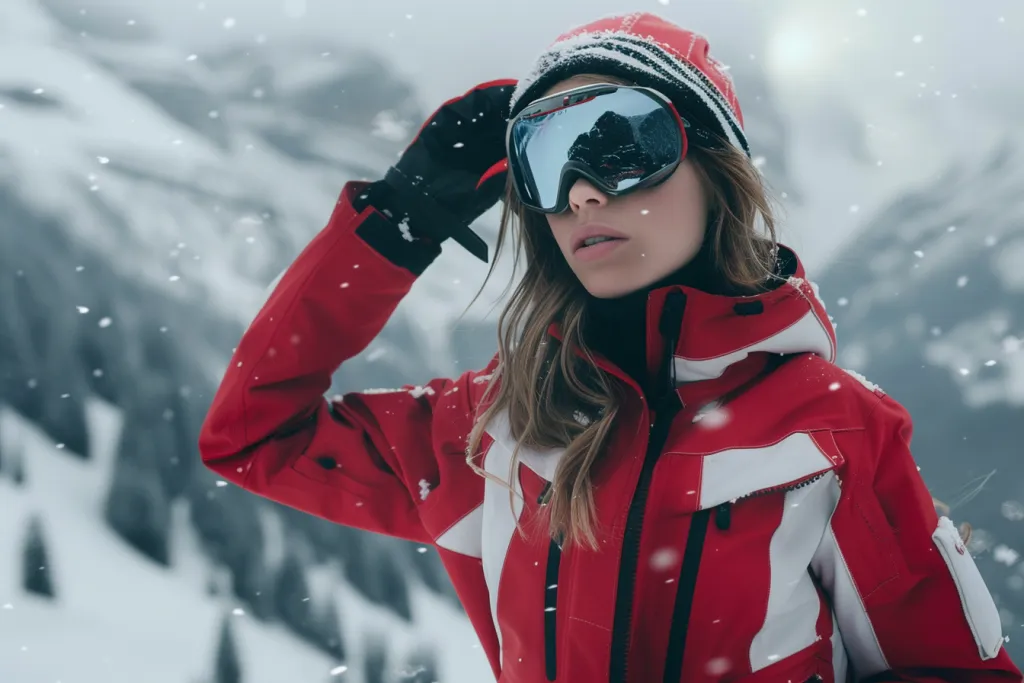
Ergonomic and Stylish Cuts
The design of women’s ski jackets has evolved to combine both functionality and style. Ergonomic cuts are essential for providing freedom of movement, which is crucial for skiing. Jackets with articulated sleeves and adjustable hems allow for a better fit and enhanced mobility. Brands like Arc’teryx and Sweaty Betty are known for their attention to ergonomic design, ensuring that their jackets not only look good but also perform well on the slopes.
Stylish cuts are also a significant consideration, with many brands offering tailored fits that flatter the female form. The moto sports aesthetic, as seen in Alo Yoga’s ski-moto puffer pants, is a popular trend, blending fashion with functionality. These designs often feature sleek lines and bold details, making them a hit both on and off the slopes.
Essential Features for Skiing
When it comes to essential features, ski jackets are packed with practical elements designed to enhance the skiing experience. Waterproof zippers, adjustable cuffs, and helmet-compatible hoods are just a few of the features that skiers look for. Additionally, many jackets come with multiple pockets, including dedicated pockets for ski passes and goggles, ensuring that all essentials are within easy reach.
Ventilation is another critical feature, with underarm vents allowing for temperature regulation during intense activity. This helps to prevent overheating and ensures that the wearer remains comfortable throughout the day. Brands like Decathlon and Free People have incorporated these features into their latest collections, making their jackets both practical and stylish.
Versatile Designs for On and Off the Slopes
Versatility is a key trend in women’s ski jackets, with many designs being suitable for both on and off the slopes. This is particularly important for those who enjoy après-ski activities and want a jacket that can transition seamlessly from the mountain to the lodge. Jackets with removable liners or 3-in-1 designs offer the flexibility to adapt to different weather conditions and activities.
For example, Marmot’s Toro Component 3-In-1 Jacket features a removable inner layer that can be worn on its own or combined with the outer shell for added warmth. This versatility makes it a practical choice for skiers who want a jacket that can do it all. Similarly, stylish designs with faux fur trims and sleek silhouettes, like those from Free People, ensure that skiers look chic both on and off the slopes.
Color and Patterns
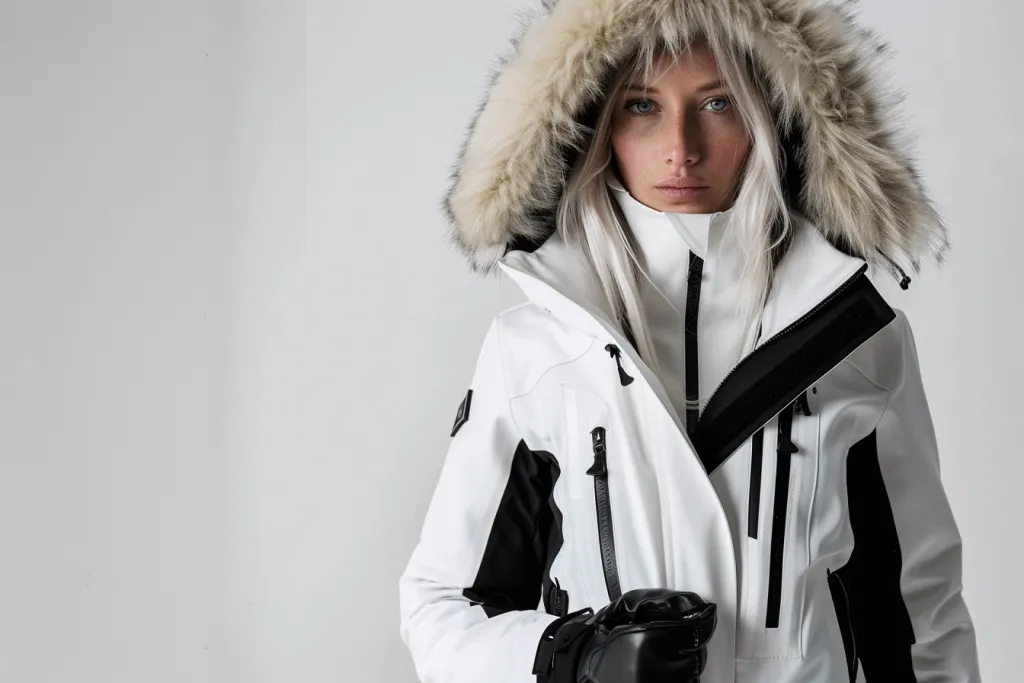
Trending Colors for the Season
Color trends in women’s ski jackets are constantly evolving, with each season bringing new and exciting palettes. For the current season, red is a standout color, making a bold statement on the slopes. Brands like H&M and Carbon38 have embraced this vibrant hue, incorporating it into their latest collections. Red not only adds a pop of color but also enhances visibility, which is an important safety feature on the mountain.
Other trending colors include shades of blue and green, with cobalt blue and khaki green being particularly popular. These colors offer a fresh and modern look, while still being versatile enough to pair with other ski gear. According to recent reports, neutral tones like black, white, and grey remain staples, providing a classic and timeless option for skiers.
Popular Patterns and Prints
Patterns and prints are another way to add personality to ski jackets. This season, blocktext slogans and sculpted lines are making waves, particularly in après-ski stories. Brands like Aerie and Dare 2B have incorporated these design elements into their collections, offering a fun and trendy option for skiers.
Camouflage prints are also gaining popularity, with brands like Surfanic featuring snow camo designs in their jackets. These prints add a rugged and adventurous vibe, perfect for those who want to stand out on the slopes. Additionally, retro themes are making a comeback, with brands like Canada Goose and Columbia drawing inspiration from the 80s and 90s. Hot pink, bright blue, and rich purple tones are all part of this nostalgic trend, adding a playful and vibrant touch to ski jackets.
Customization Options
Customization is becoming increasingly popular in the ski apparel industry, allowing skiers to create a jacket that is uniquely their own. Many brands now offer options for personalized embroidery, patches, and color choices, giving customers the ability to design a jacket that reflects their individual style.
For example, some brands offer the option to add initials or custom graphics to their jackets, making them truly one-of-a-kind. This trend towards customization not only enhances the personal connection to the garment but also adds a level of exclusivity and uniqueness that is highly valued by consumers.
Conclusion
The world of women’s ski jackets is constantly evolving, with innovative materials, functional designs, and stylish aesthetics leading the way. As we look to the future, the focus on sustainability and customization will continue to shape the industry, offering skiers more options to express their individuality while staying warm and protected on the slopes.
